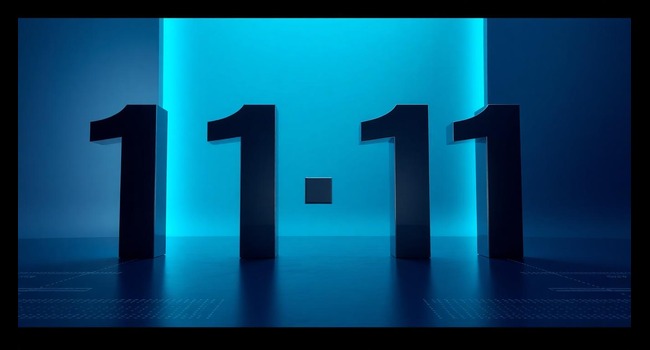
Pickleball is fast, social, and easy to learn. But if you are new, pickleball scoring can feel tricky at first. The good news, once you learn a few rules for singles and doubles, the game flows and your confidence jumps. This guide covers the basics, how to call the score, and simple examples so you can spend more time playing and less time guessing.
Most recreational games play to 11 points, win by 2. Traditional pickleball uses side-out scoring, which means only the serving player or team can score. If the receiver wins a rally, they do not get a point. They simply take the serve.
In 2025, some events may use optional rally scoring in certain formats, but it is not the everyday standard. For the official wording and the latest updates, see the 2025 USA Pickleball Rulebook.
Before every serve, call the entire score clearly. In doubles, you announce three numbers. In singles, you announce two. If you are unsure, pause, talk with your partner or opponent, and reset. A quick check prevents messy arguments and keeps games fun. For a deeper refresher, the USA Pickleball scoring and positioning guide is excellent.
Example: The server wins a rally at 10-9. The score becomes 11-9, and the game ends, because the lead is 2.
Doubles pickleball scoring uses a three-number call: server’s score, receiver’s score, server number (1 or 2). Teams start at 0-0-2. That opening “2” simply means the first team only gets one server for the first turn, then it side-outs to the other team.
Serving sequence:
Simple example:
Example sequence:
Say the score loudly before the serve: server’s score, receiver’s score, server number. Example: “6-4-2.” Common mistakes include forgetting the server number or flipping scores. Practice with a pattern, like a short pause before the last number, to lock it in. If a call is wrong, stop play before the return to correct it.
Singles pickleball scoring is simpler. You call two numbers: server’s score, receiver’s score. Only the server scores points. Serve from the right when your score is even, and from the left when your score is odd. This mirrors doubles positions without the third number.
Quick comparison to doubles:
For another overview with examples, check the PPA scoring guide.
Example progression:
Pickleball scoring gets easy with a few reps. Learn the calls, track server order, and use even or odd to find your side. Now grab a paddle, keep score with confidence, and play your next singles or doubles game like a pro. Ready to serve first?